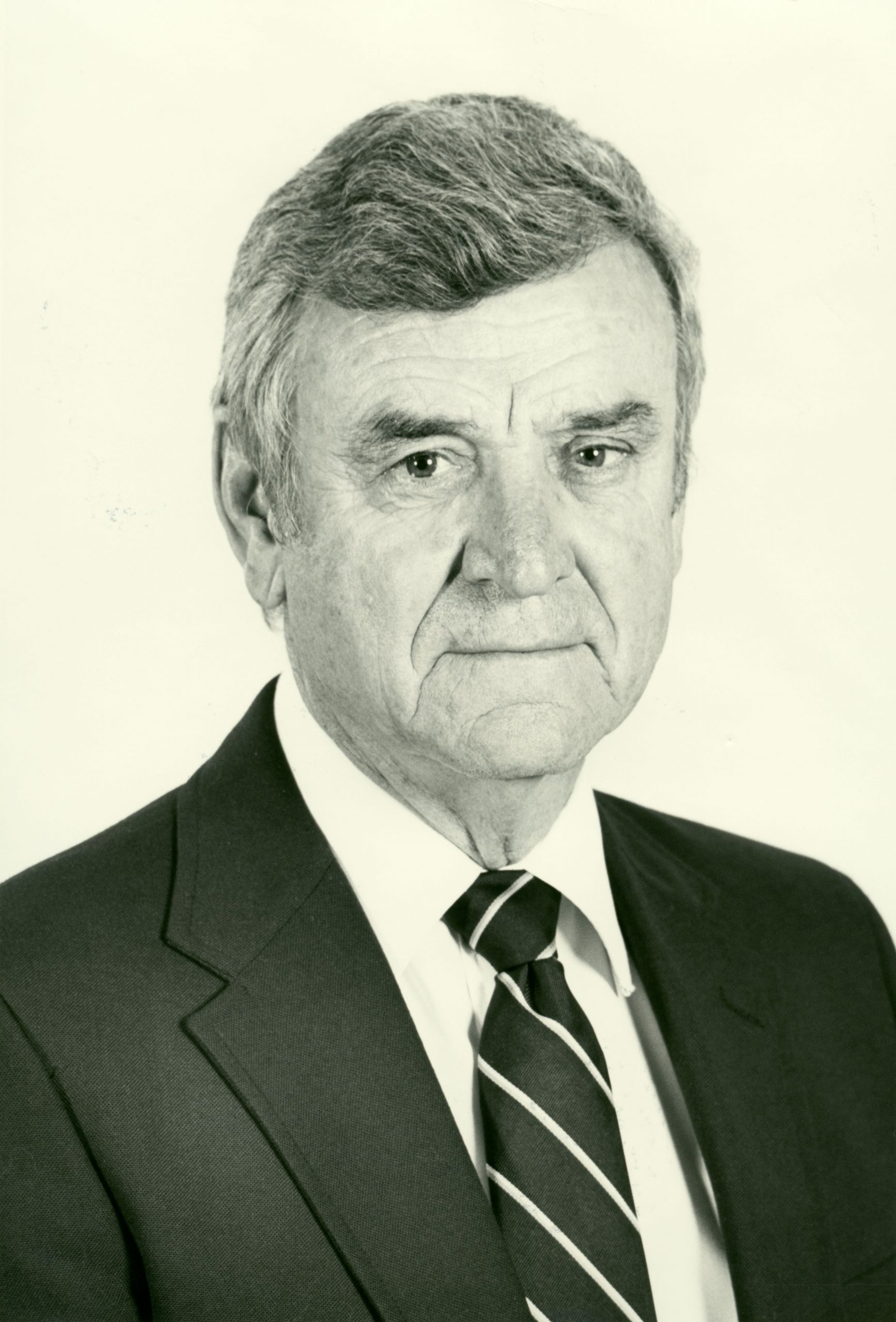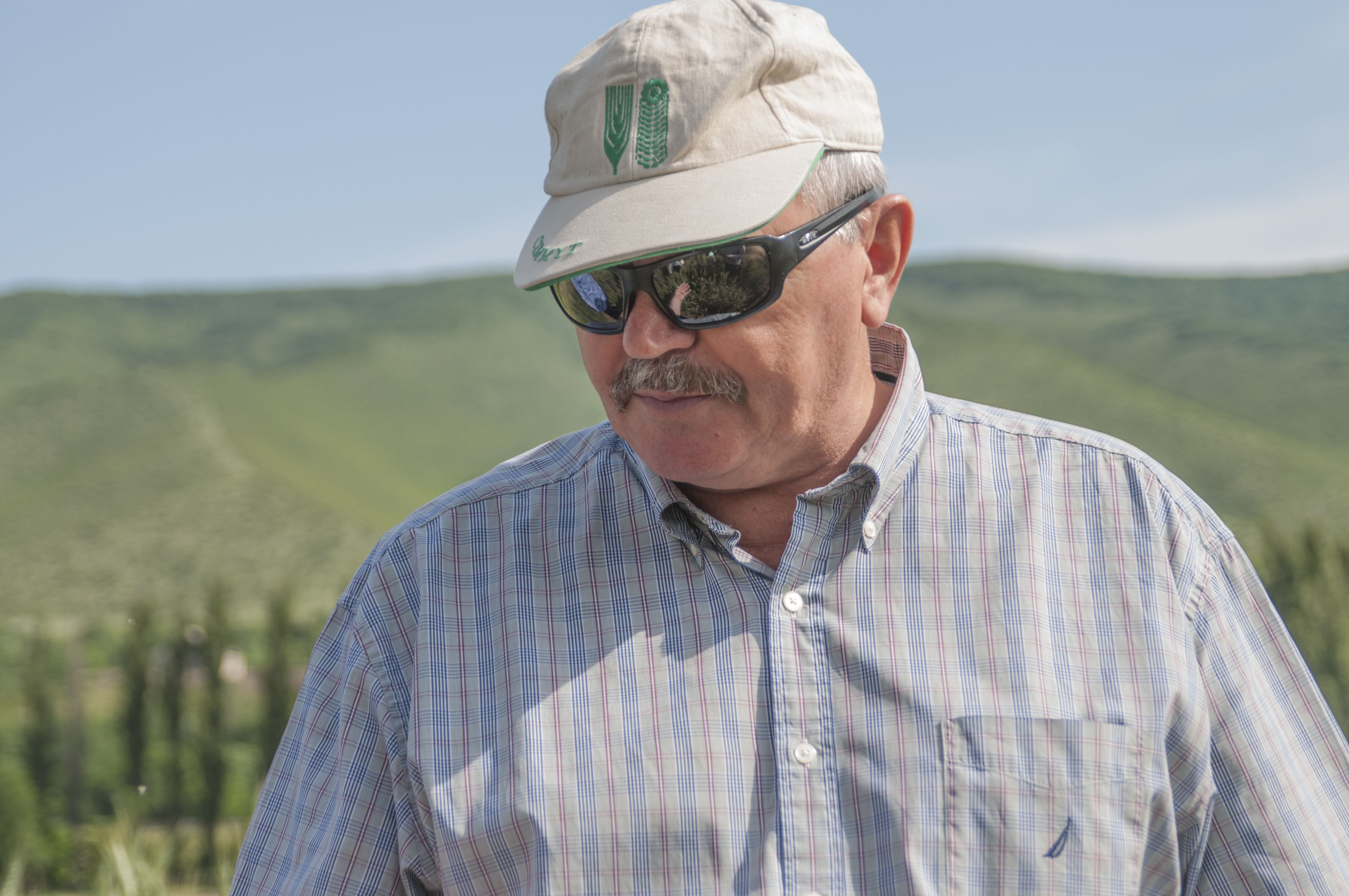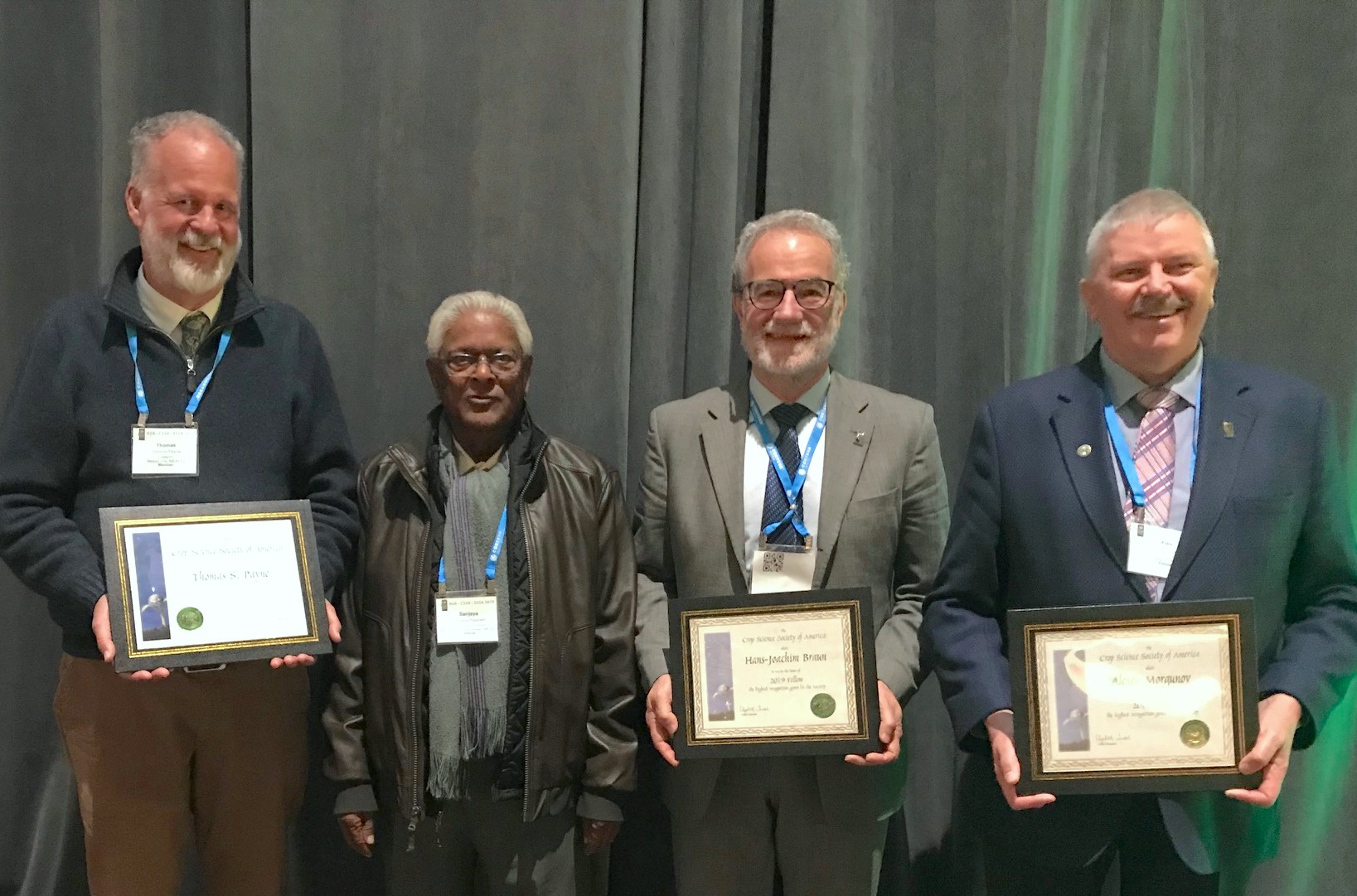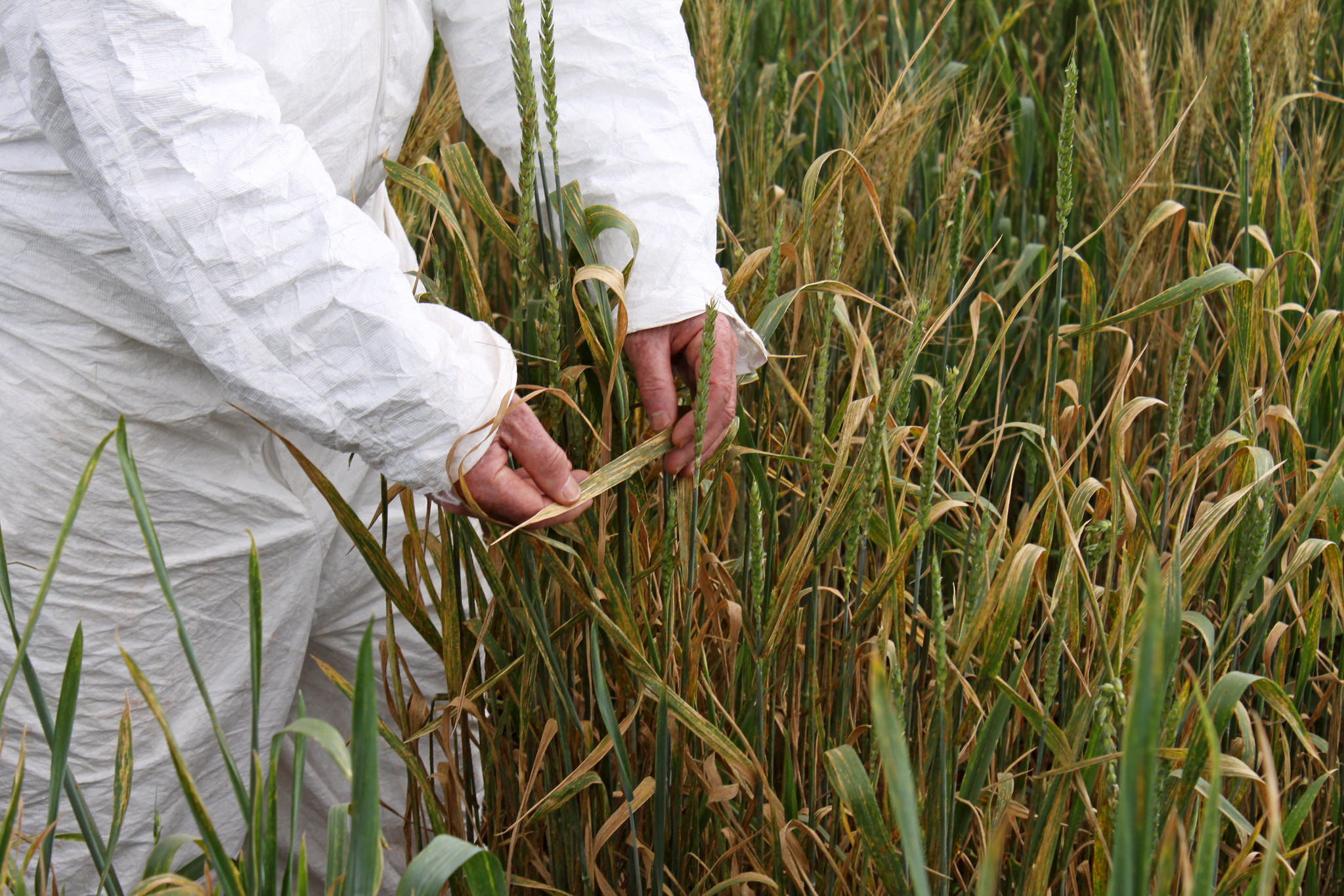The International Wheat Improvement Program was established as a cooperative international research effort by the Turkish national wheat research program and the International Maize and Wheat Improvement Center (CIMMYT) in 1986. The International Center for Agricultural Research in the Rural Areas (ICARDA) joined the program in 1990, integrating its highland wheat breeding program.
The main objective of IWWIP is to develop winter/facultative wheat germplasm for the region of Central and West Asia. IWWIP is fully integrated into the national Turkish wheat program, with a strong connection to partners within and outside the region, such as eastern Europe and the United States.
The program is governed by a steering committee. Three coordinators — Beyhan Akin from CIMMYT, Mesut Keser from ICARDA and Fatih Ozdemir from the Turkish national wheat research program — provide technical leadership.
IWWIP focuses on the development of elite wheat lines for rainfed and irrigated areas in Central and West Asia.
Since the inception of the program, more than 105 winter wheat varieties originating from IWWIP germplasm have been released. Germplasm from IWWIP is sent each year to approximately 100 cooperators in 50 countries, making it an important vehicle for the global exchange of winter wheat germplasm.
Core traits for rainfed areas are yield and yield stability, drought and heat tolerance, resistance to three cereal rusts and soil-borne diseases — nematodes, crown and root rots —, and end-use quality. Other traits considered for specific areas are resistance to Septoria leaf blight and insects. For irrigated and high-rainfall areas, breeding focuses on yield potential, cereal rusts, Septoria and quality.
Germplasm with special traits, such as resistance to stem rust and Russian wheat aphid, and Sun pest vegetative stage resistance, is developed in nurseries and shared with IWWIP cooperators. IWWIP distributes four International Winter Wheat Nurseries each year, targeted for semiarid and irrigated conditions: Facultative and Winter Wheat Observation Nurseries (FAWWONs) FAWWON-SA and FAWWON-IRR, and the replicated International Winter Wheat Yield Trials (IWWYTs) IWWYT-SA and IWWYT-IRR.
In 2018, IWWIP established a speed-breeding facility at the Aegean Agricultural Research Institute in Menemen, Izmir, with the capacity to grow 20,000 plants in one cycle. This facility allows for greater genetic gain by increasing the number of generations per year and reducing the time it takes to incorporate new traits into elite germplasm.
IWWIP uses multi-location testing in Turkey as well as shuttle breeding globally, serving as a successful model for a jointly operated breeding program between national and international institutes. Shuttle breeding to improve drought and heat tolerance and cold tolerance has been working well and produces novel germplasm with abiotic stresses tolerance.
Major IWWIP contributions:
- Close cooperation with CIMMYT’s Soil Borne Pathogens Group to identify genotypes with resistance to nematodes and root rots, used in breeding programs in the region and beyond.
- A national inventory of wheat landraces in Turkey (2009-2014), with collections from over 1,500 farmers from 68 provinces. The collected material was characterized and deposited in the Turkish Gene Bank in Ankara. The best accessions are currently used as parents, undergoing further study by the Turkish National Program and IWWIP, and being used in the development of primary synthetic winter wheat for breeding diverse and resilient wheat varieties.
- High-quality data that has increased selection efficiency to develop yellow-rust-resistant cultivars.
- Substantial improvement in stem rust resistance through shuttle methodology between Turkey and Kenya.
- Publication of NDVI and digital photos for germplasm evaluation under irrigated and drought conditions.
IWWIP has played a major role in building the capacity of young researchers through long-term practical training at CIMMYT, ICARDA, and Turkish national wheat breeding programs; participation in traveling seminars; support for participation in regional conferences and IWWIP annual meetings; and on-site visits of IWWIP breeders.
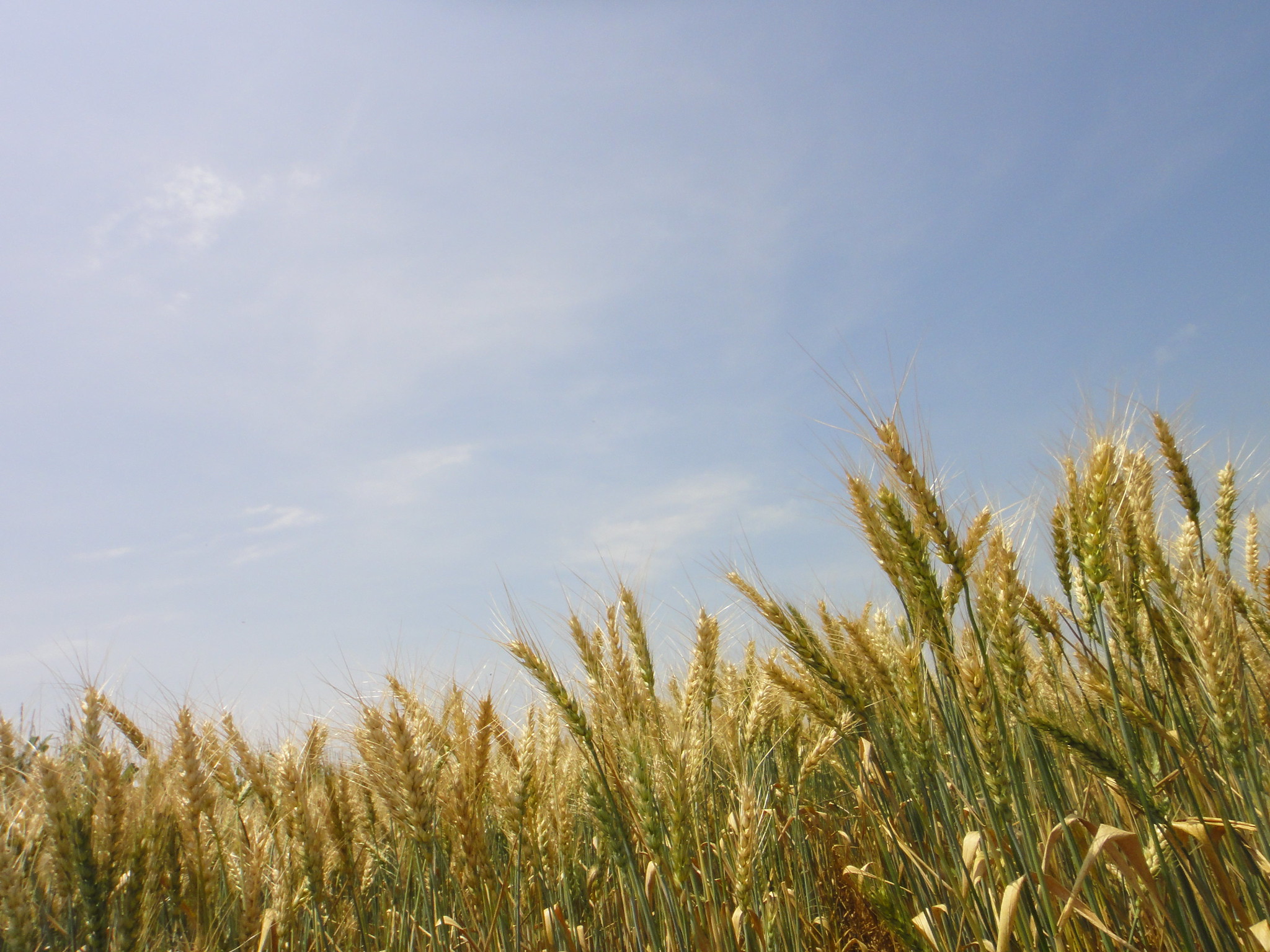
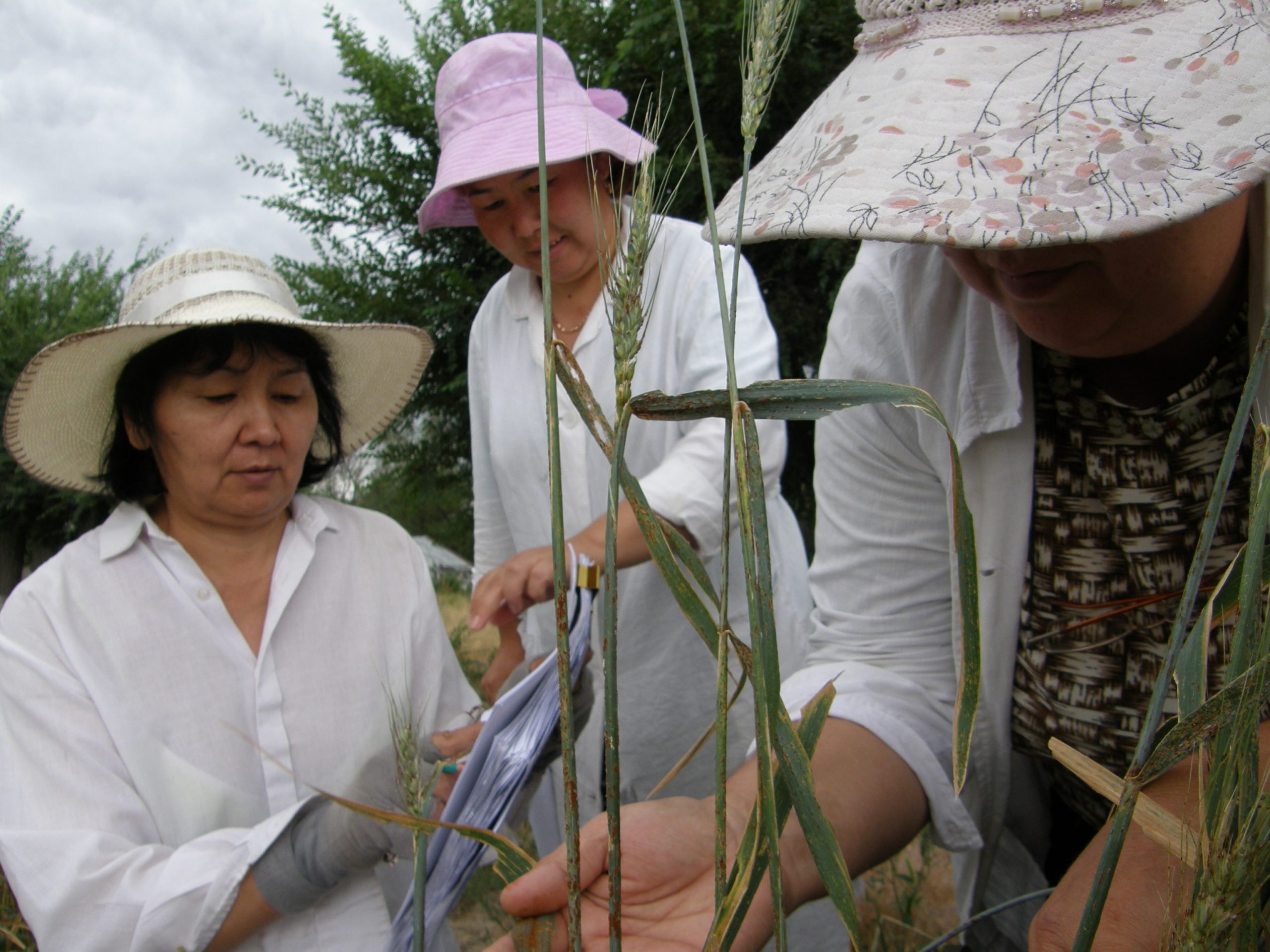
 Innovations
Innovations 